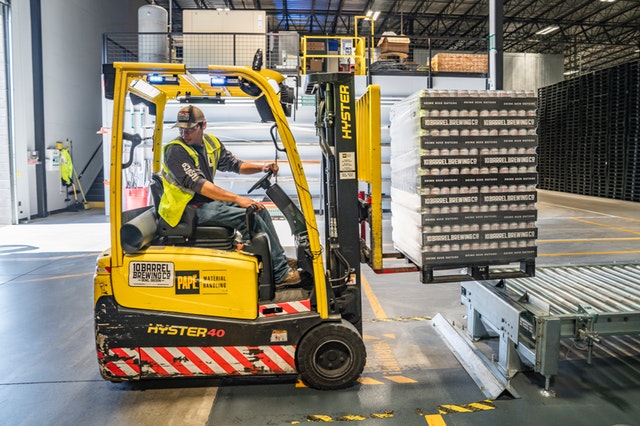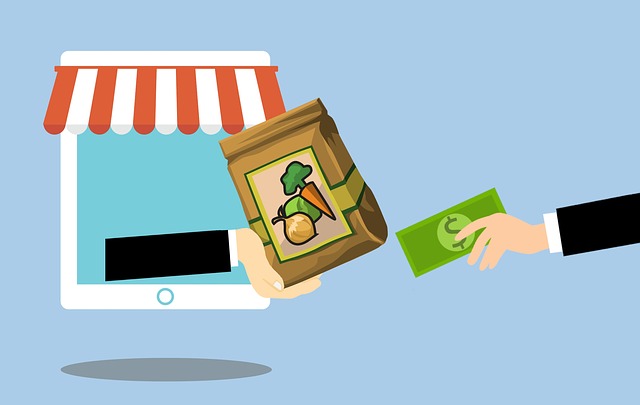Founded in 2013 and headquartered at San Francisco, Doorman was an American based private sector technology company that specialized in logistics. To be precise, Doorman was the one-shot answer for last-mile delivery systems back then. The Doorman was among the few logistics companies that came up with the mobile application to track the order and delivery of packages.

Using its API interface, Doorman offered services such as direct-to-customer e-commerce and same-day package delivery. The iOS and Android compatible mobile application were used by customers to select a one hour or two-hour window for the shipment to be delivered or picked up.
The founders of Doorman, Zander AAdell And Kapil Israni had to pull down the services extended by Doorman due to financial difficulties. The services were terminated on October 6, 2017, during which Doorman was prevalent in San Francisco, New York and Chicago.
The Doorman had set to revolutionize the satisfaction of customers in the logistics industry but failed in coming out with a viable business model. With Amazon providing free deliveries, most of the logistics companies find it difficult to compete with Amazon. In this article, we shall be discussing the three major steps that failed Doorman in succeeding in the logistics industry.
Bettering the Customer Experience – Direct to Customer
Doorman aimed to resolve the pain of the inhabitants of the major cities in the US, San Francisco, New York and Chicago. There was a difficulty that the consumers faced to have their packages bought online to be righty delivered to them. Especially people living in large buildings and apartments. Packages were often left at the building lobby which would be stolen before the recipient gets hold of it.
In other cases, where the delivery person cannot enter the building, they would leave a message saying “ Sorry, we missed you.”. This usual gears up to an annoying gesture from the consumers.
After putting in some thought, Doorman came up with the idea of offering evening package drop services, the time which can be selected by the customers. The Doorman mobile application can be used to set the one hour or two-hour window for delivery or pickup.

This service was flat fere but later on, Doorman pushed its customers to subscribe for unlimited delivery. Unlikely compared to the other delivery models, Doorman’s revenue model did not account particularly on targeting customers. Doorman only charged for the delivery after the customer had purchased from the retailer. Whereas the competitors in the industry such as Instacart, Doordash and Postmates had an additional source of income which made them viable for direct to customer business model. On the contrary, Instacart kept a certain margin of the payments and Postmates and Doordash charged a fee from the restaurants.
The right step that Doorman could have adopted was to target the retailers for payments instead of the consumers.
Less Focus on Density
Density in the logistics industry refers to the number of stops a drive takes in an hour for delivery. This is the key to achieving higher profits in the delivery business industry. While a UPS driver would cover an average of nine or more delivery spots in an hour, Doorman was providing its customers with the luxury of a one hour and two-hour window for delivery which resulted in drivers spending more time on the road and eventually resulted in low route efficiency and higher cost per package.

Delivery companies can provide shorter windows for attracting customers but one must make sure to not go above the cost of the delivery or else the startup should also have another source of revenue to compensate for this.
The right step Doorman could have adopted here was to charge a delivery fee to deliver in the delivery window mentioned by the customer in situations of the low density of orders. Dynamic pricing can also be added depending on circumstances such as density, distance, etc.
Low Focus on Economy
The Doorman business model was never based on the actual cost of the product delivery but was rather based upon adopting high subsidized costs. Such a step was taken with the hope of the prices to drop shortly but had finally cost Doorman to lose more money.
The initial cost for Doorman’s Unlimited Delivery was priced as low as $19 per month like a promotional price. With such a provision the customers doubled their purchases online which became heavy upon FDoorman to meet its costs.

Customer Experience is the king but there are certain points than one must remember before commencing a delivery startup. From these mistakes of Doorman, we can reach out to the conclusion that startups:
- Must have a profitable business model based on Density.
- Ensure profitable margins by partnering with larger density companies.
Make sure to keep in mind these points while beginning with your delivery startup.